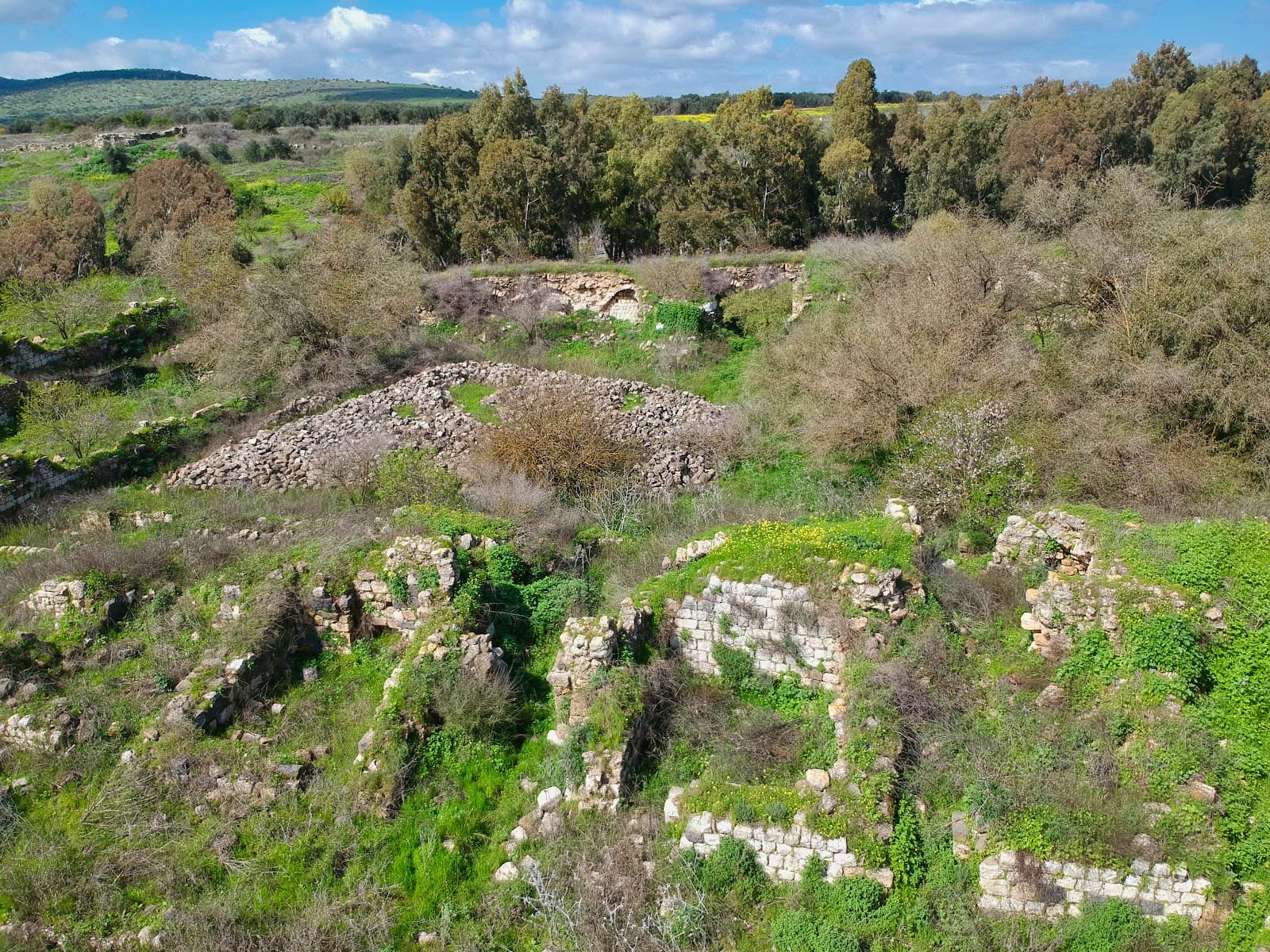
Khan el-Tujjar (Merchants' Khan)
Explore the 15th-century Mamluk Merchants' Khan, a historical road station and market with mosque ruins and a protective citadel.
Highlights
Must-see attractions

Social
From TikTok & Reddit
Best Time
Pleasant weather, less dense vegetation

Khan el-Tujjar (Merchants' Khan)
Best Time
Pleasant weather, less dense vegetation
Highlights
Must-see attractions
Explore the 15th-century Mamluk Merchants' Khan, a historical road station and market with mosque ruins and a protective citadel.
"A fascinating glimpse into Israel's historical past, offering tangible evidence of ancient trade and defense."
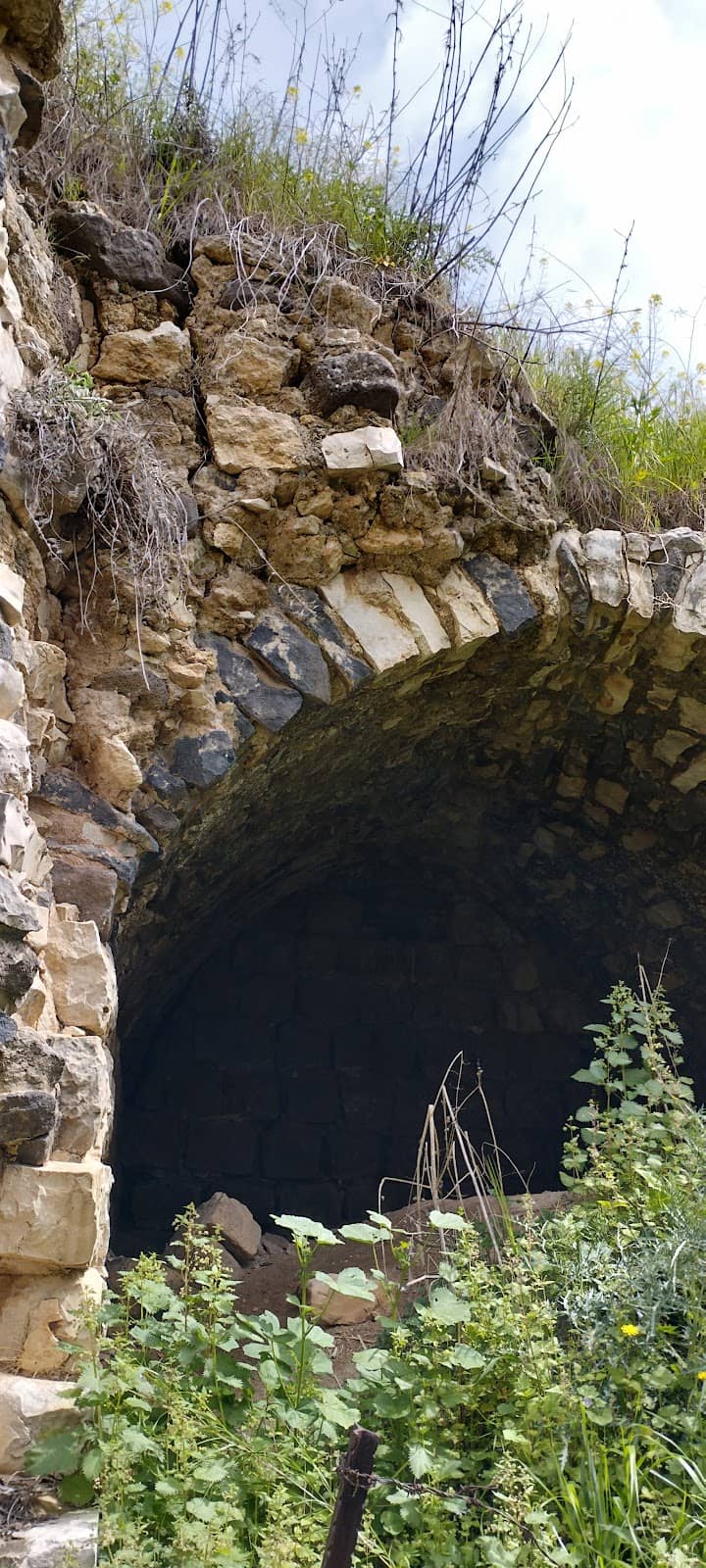
🚗 Crossing Route 65
Crossing Route 65 to reach the khan is dangerous. Drive with extreme caution and be aware of traffic.
🌿 Dense Vegetation
The site is not well-preserved and can be found among dense vegetation. Wear appropriate footwear.
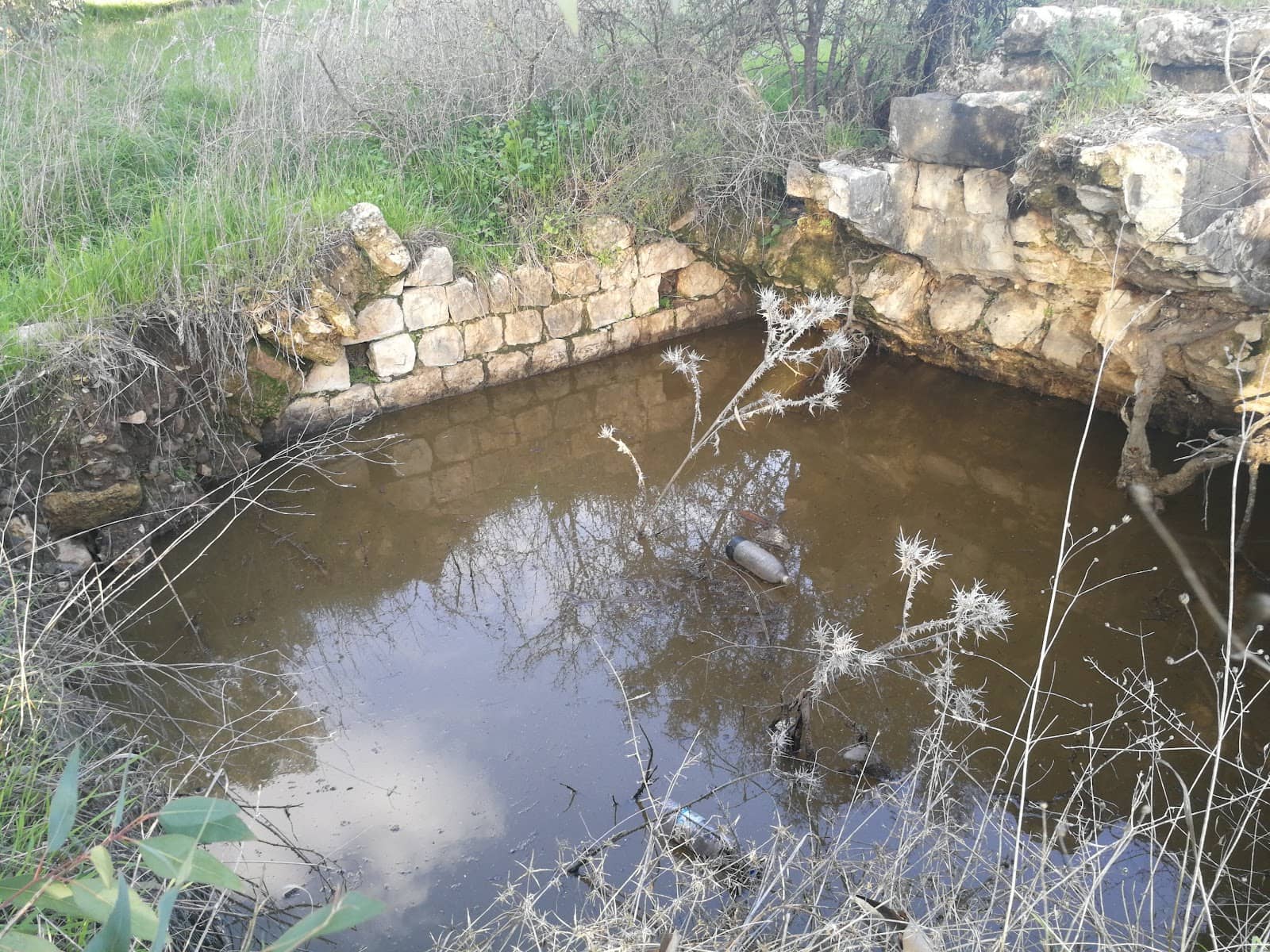
Highlights
Discover the most iconic attractions and experiences

The Mamluk Khan
Central Courtyard
Discover the remains of a 15th-century fortified road station and market, once a bustling hub.

Mosque Ruins
Within the Khan
See the remnants of a magnificent mosque, complete with the base of its three minarets.

Khan's Citadel
Hill opposite Tigrim store
Explore the fortress that once protected the isolated khan from attacks.
Plans like a pro.
Thinks like you
Planning Your Visit
Navigating Khan el-Tujjar
Historical Significance
Best Times
Insider Tips
from TikTok, Instagram & Reddit
🚗 Crossing Route 65
Crossing Route 65 to reach the khan is dangerous. Drive with extreme caution and be aware of traffic.
🌿 Dense Vegetation
The site is not well-preserved and can be found among dense vegetation. Wear appropriate footwear.
🅿️ Parking
Parking is not regulated at the site. Park near the junction to Kibbutz Beit Keshet.
🚶♀️ Accessibility
The site is not accessible. Be prepared for uneven terrain.
Tips
from all over the internet
🚗 Crossing Route 65
Crossing Route 65 to reach the khan is dangerous. Drive with extreme caution and be aware of traffic.
🌿 Dense Vegetation
The site is not well-preserved and can be found among dense vegetation. Wear appropriate footwear.
🅿️ Parking
Parking is not regulated at the site. Park near the junction to Kibbutz Beit Keshet.
🚶♀️ Accessibility
The site is not accessible. Be prepared for uneven terrain.
What Travellers Say
Reviews Summary
Visitors find Khan el-Tujjar to be a historically significant Mamluk-era site offering a glimpse into ancient trade routes. While its archaeological remains are intriguing, the lack of preservation and dense vegetation can make exploration challenging. The need for caution when crossing the busy Route 65 is a recurring concern.
"A point on the southern border of Naphtali with Issachar (Josh 19:33) where Heber the Kenite pitched his tent (Judg 4:11), in which the Canaanite king Sisera was subsequently slain (Judg 4:17-21)"
John Roman
"Tagrim Shop (Khan Al Tujar)
Wise: Write Kibbutz Beit Keshet. At the junction turning to the kibbutz, stop and park near the junction. Cross to the opposite side of road 65 towards the Tegrim store. There is a sign on the site
Location: In the opposite direction to Kibbutz Beit Keshet, cross the other side of Route 65 at the intersection.
Regulated parking: not
Accessibility: not
Picnic parking lot: not
Difficulty level: easy
Purchase of food and beverages: not
Services: not
Please note: Crossing the intersection towards the Khan is dangerous and one should drive with extra caution.
About:
Archaeological site of a khan (lodge) of a large mamluk, in the lower Galilee, at the entrance to Kibbutz Beit Keshet, (route through the ancient post office)
The Khan was built around a central courtyard with a well. On the site is a magnificent mosque with the remains of its three minarets remaining. The Khan was surrounded by a wall (perhaps late), (16th century?) The origin of the name: A merchant market that took place around it.
Across the road, towards Beit Keshet, to the right of the turn, there are other remains. these are
The remains of Qalat Al Khan (or the Khan's Citadel)
Location: On the hill in front of the Tigrim store, the fortress protected the isolated Khan from attacks. The Khan was built in a low place on the main road and therefore needed protection.
The experience:
Sheds light on Israel's historical past, which was a sequence of processes and events in the shadow of constant occupation by empires that did not border our country and neighboring kingdoms that conquered it.
Highly recommended
Yossi Mirom, CEO
"Israel and the World" array"
יוסי מירום
"The remains of a huge khan and a fortified road station from the Ottoman period from the 15th century. The place is not preserved or protected and must be found among the dense vegetation. You can see the remains of the glorious past: vaults of what may have been a huge mosque, the foundation of huge walls and considerable rooms in the area. Across the road are the remains of a fortress that protected the road and the place."
ליהוא זיסברג
What People Like
What People Dislike
Frequently Asked Questions
🚇 🗺️ Getting There
Khan el-Tujjar is located in the Lower Galilee, near Kibbutz Beit Keshet. At the junction turning to the kibbutz, park near the junction and cross Route 65 to the opposite side towards the Tigrim store. Be extremely cautious when crossing the road.
Information on direct public transportation to Khan el-Tujjar is limited. It's advisable to check local bus routes to Kibbutz Beit Keshet and then consider walking or arranging local transport.
The most common access point is from Route 65, near the turn-off for Kibbutz Beit Keshet. Park on the side of the road and carefully cross to the Tigrim store side.
The site is not always clearly marked and can be found amidst dense vegetation. Look for signs near the Tigrim store.
From Route 65, look for the junction leading to Kibbutz Beit Keshet. Park near this junction and cross the road to find the archaeological site.
🎫 🎫 Tickets & Entry
Khan el-Tujjar is an archaeological site and generally does not have an entrance fee. It's an open-access area.
As an open archaeological site, there are no set opening hours. Visitors can explore during daylight hours.
No, tickets are not required for Khan el-Tujjar as it is an open archaeological site.
The site is an archaeological ruin and is not heavily preserved or protected, often found among dense vegetation.
Information on official guided tours is scarce. Independent exploration is common, but consider hiring a local guide for deeper insights.
🎫 🧭 Onsite Experience
You can explore the remains of a 15th-century Mamluk khan, a mosque with minaret bases, and a protective citadel. It offers a glimpse into historical trade routes and past empires.
Due to the uneven terrain, dense vegetation, and the need for caution when crossing roads, it might be challenging for families with very young children or those with mobility issues.
Wear sturdy, comfortable walking shoes as the ground can be uneven and overgrown. Light, breathable clothing is recommended for warmer weather.
No, there are no facilities such as restrooms or shops directly at the archaeological site. It's advisable to come prepared.
A visit to Khan el-Tujjar can take about 1-2 hours, depending on your interest in exploring the ruins and understanding the historical context.
📸 📸 Photography
Capture the atmospheric ruins of the khan, the mosque's minaret bases against the sky, and the surrounding Galilee landscape. The Citadel offers a different perspective.
Yes, the weathered stones and ancient architecture provide excellent opportunities for historical and architectural photography.
Early morning or late afternoon light can create dramatic shadows and highlight the textures of the ruins.
Generally, there are no specific restrictions on photography for personal use at this open archaeological site.
Drone usage may be subject to local regulations. It's best to check with local authorities before flying a drone in the area.
For Different Travelers
Tailored advice for your travel style
👨👩👧 Families with Kids
While there are no specific child-friendly amenities, the ruins can spark imagination about ancient traders and fortresses. The main challenge will be the crossing of Route 65, which requires strict supervision and caution. Pack plenty of water and snacks, as there are no facilities on-site.
🚶♂️ History Enthusiasts
Take your time to explore the different sections of the site, imagining the daily life of merchants and the strategic importance of this road station. The lack of extensive preservation allows for a more authentic, less curated experience, encouraging deeper engagement with the historical context.
Deep Dives
In-depth insights and expert knowledge
The History of Khan el-Tujjar
The name 'Khan el-Tujjar' directly reflects its function as a marketplace, where traders would gather to buy and sell goods. This historical context sheds light on Israel's past, characterized by a succession of empires and kingdoms that influenced its development and trade. The presence of the khan highlights the region's role in historical commerce and its strategic importance throughout various periods.
Across the road from the khan, on a hill, lie the remains of Qalat Al Khan, or the Khan's Citadel. This fortress was built to protect the khan, which was situated in a low-lying area on the main road, making it vulnerable to attacks. Exploring both the khan and the citadel provides a comprehensive understanding of the defensive and commercial infrastructure of the era.
Exploring the Ruins
Be prepared for a more rugged exploration. The site is often found amidst dense vegetation, so sturdy footwear is essential. The terrain can be uneven, and accessibility is limited, making it more suitable for those comfortable with a bit of off-road adventure. The remains of huge walls and considerable rooms hint at the khan's former size and complexity.
Don't miss the chance to also explore the Khan's Citadel across the road. This elevated position offers a different perspective on the historical landscape and the strategic importance of protecting the khan below. The combination of the khan and citadel provides a fuller picture of this historical site.

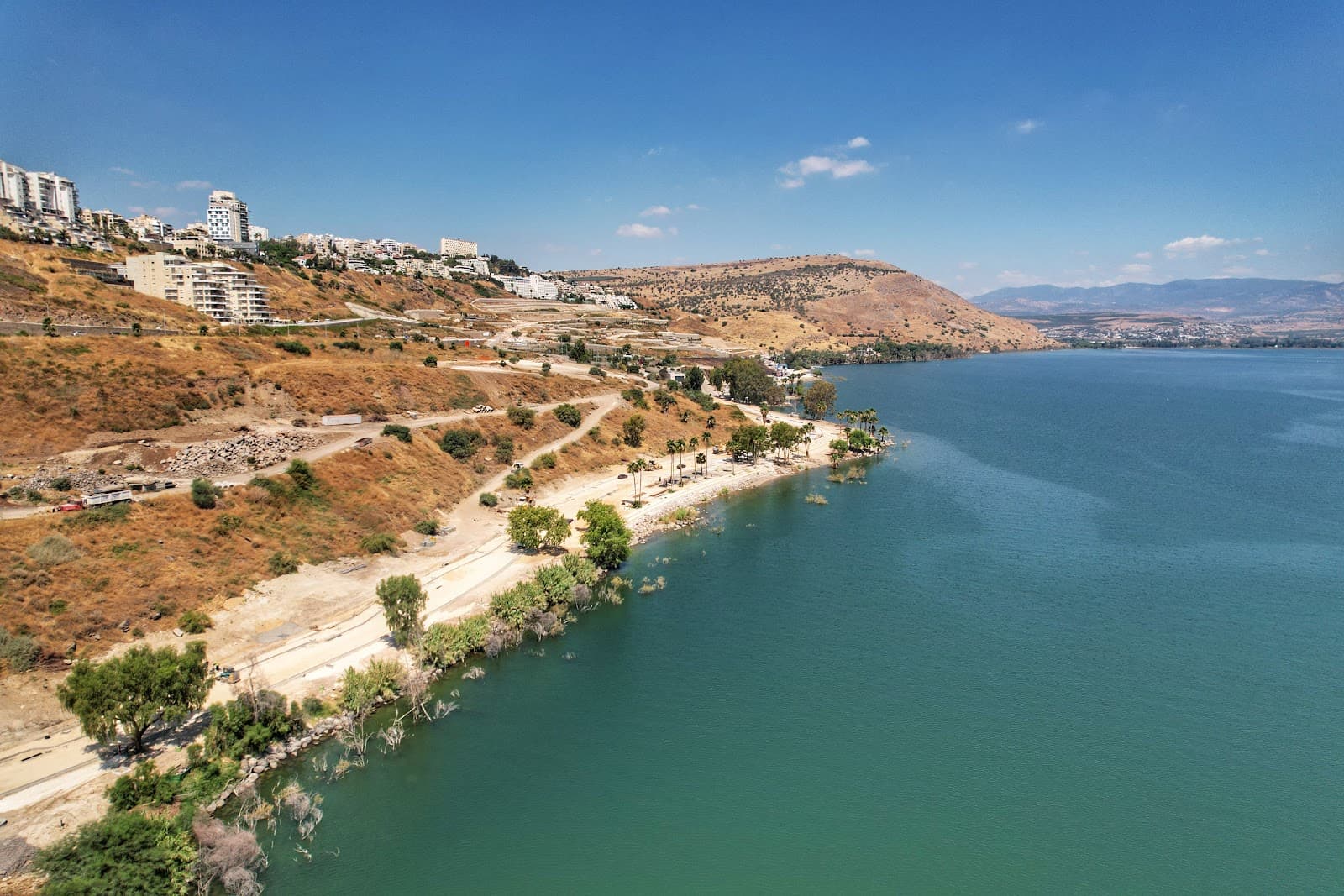

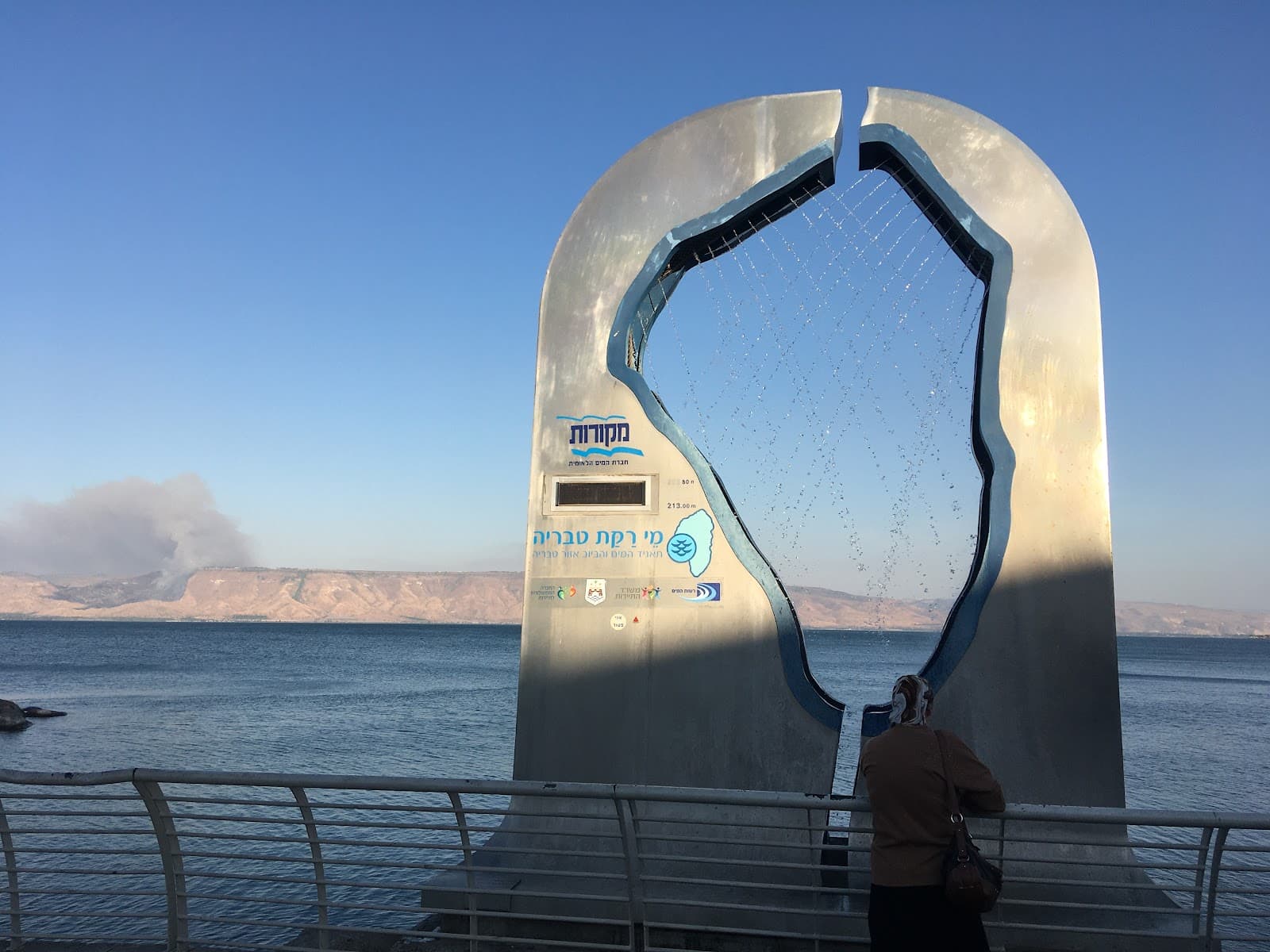


Social
from TikTok, Instagram & Reddit